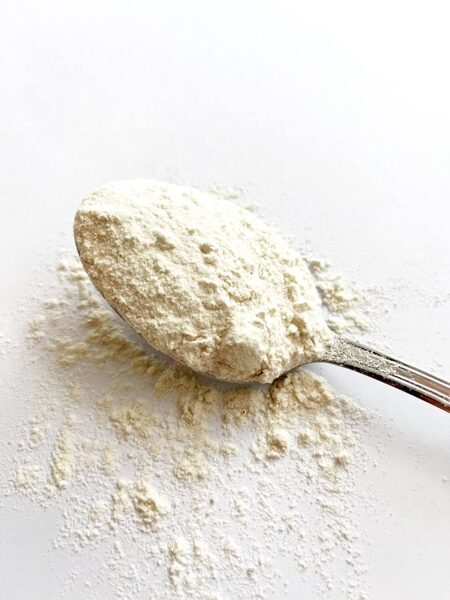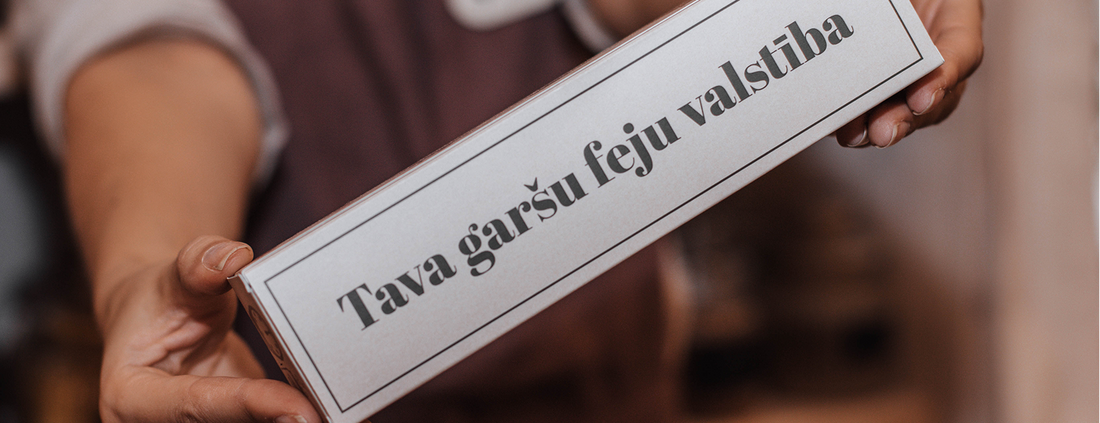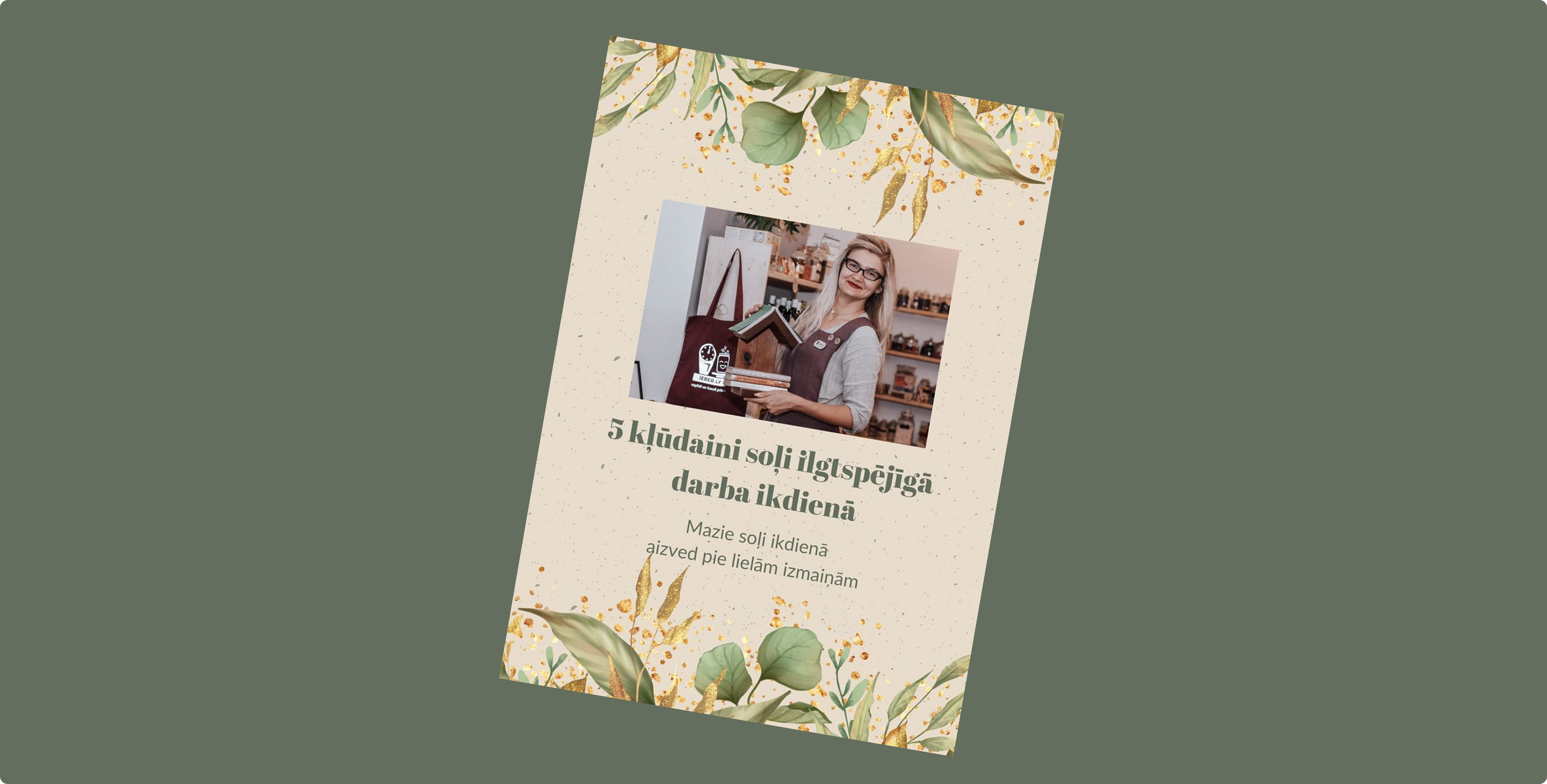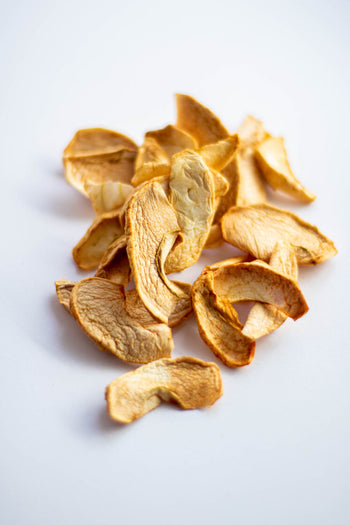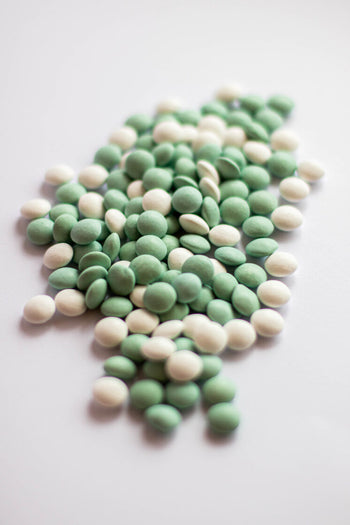Green buckwheat flour is white in color. It is ground from green or unroasted buckwheat, which, unlike brown buckwheat, has a light and delicate flavor that will be acceptable even to people who do not like buckwheat.
Green buckwheat flour can be used in all recipes that use wheat flour. Most often, people choose this flour to reduce the amount of gluten in their diet. Unlike other gluten-free flours, buckwheat flour naturally contains starch, which will replace gluten, so you don't have to think much about additional additives to get the final product of the usual quality. It is very important to choose green buckwheat flour, because the starch in flour ground from brown buckwheat will already be heat-treated, so it will not help hold the product together, and it will also have a strong aroma, which may not suit the final product and may not appeal to your taste buds. However, if the strong aroma appeals to your taste buds, you can make the amount of flour you need at home - by grinding the amount of brown buckwheat you need in a coffee grinder.
Green buckwheat flour can be used:
- Both regular and yeast pancakes;
- In waffles;
- In cakes;
- In pizza bases;
- Baking gingerbread and cookies;
- Baking bread, salty and sweet pretzels;
- Will help thicken sauces and stews.
The uses for buckwheat flour are almost endless, as it can be used in all recipes that use wheat flour.
Unless you have an allergy to gluten-containing flour, you can play around with adding other flours to green buckwheat flour to achieve a more interesting texture and flavor for your products. For example, in combination with coarse barley and rye flour used in the cake base, they give a pleasant peanut aftertaste.


